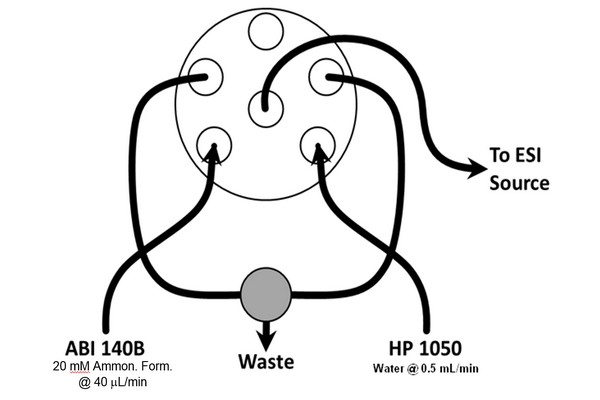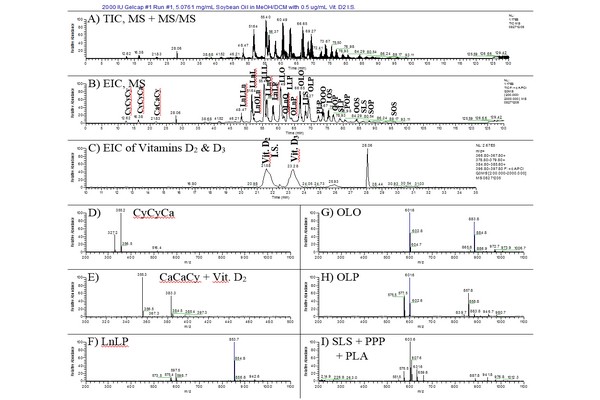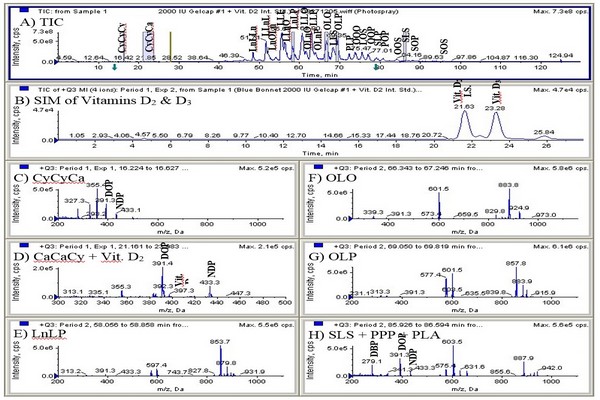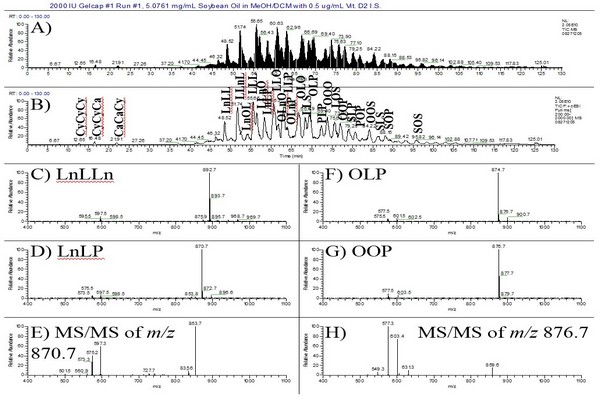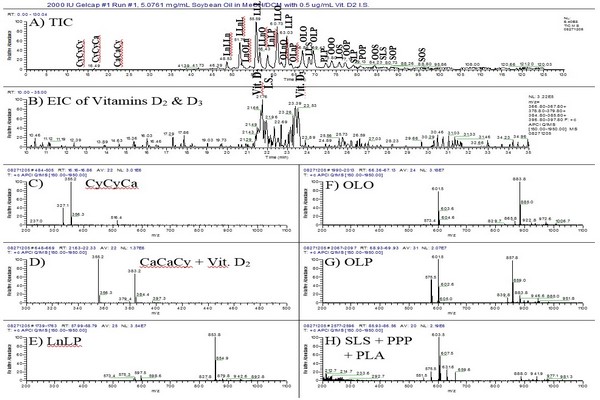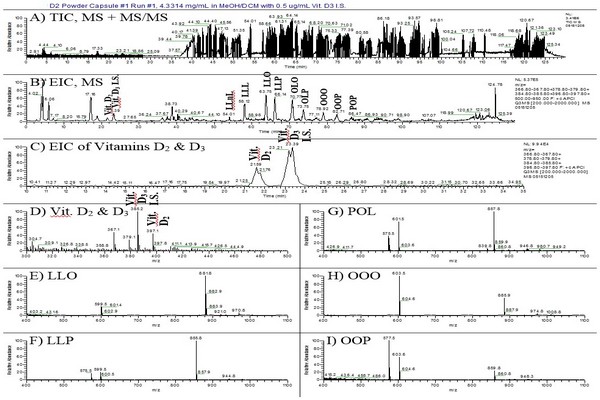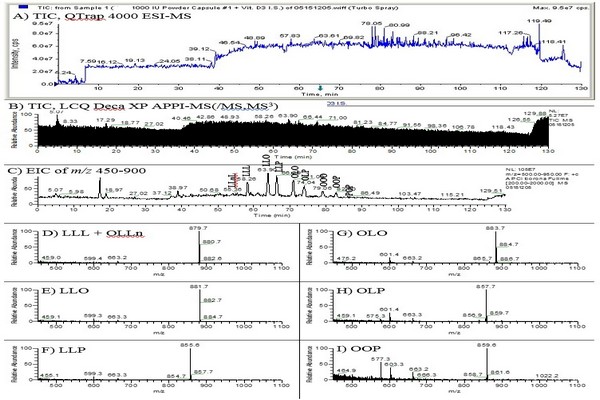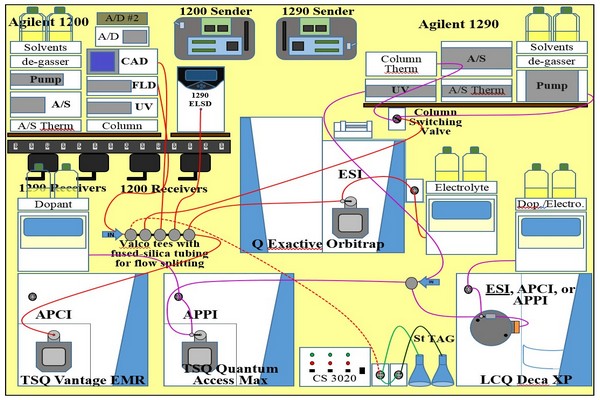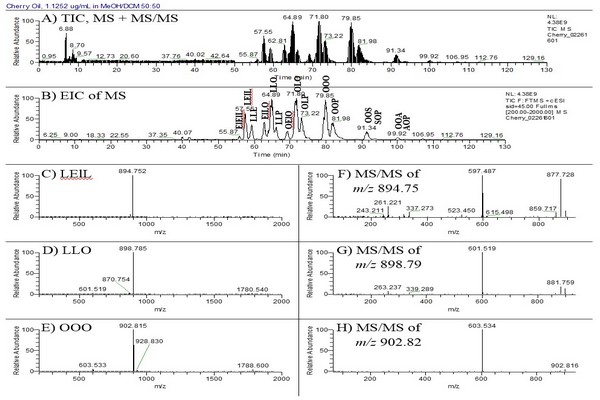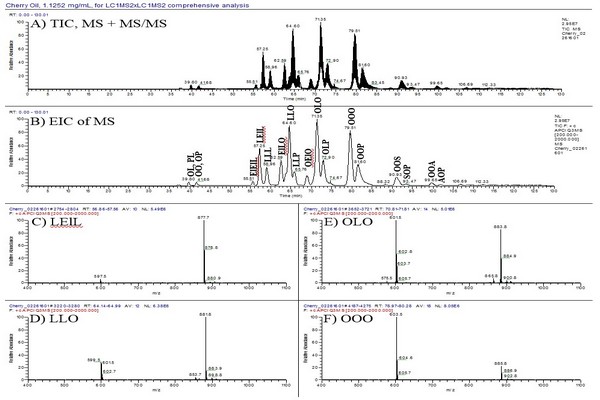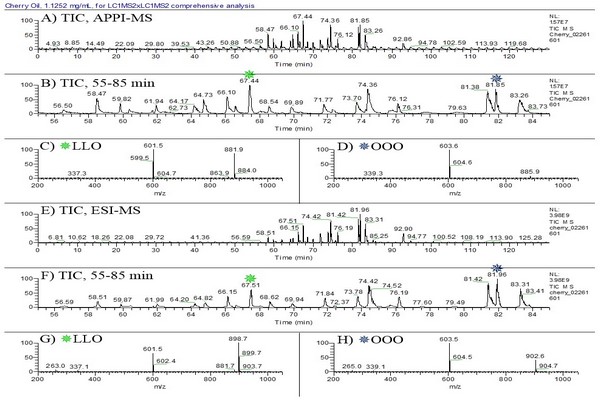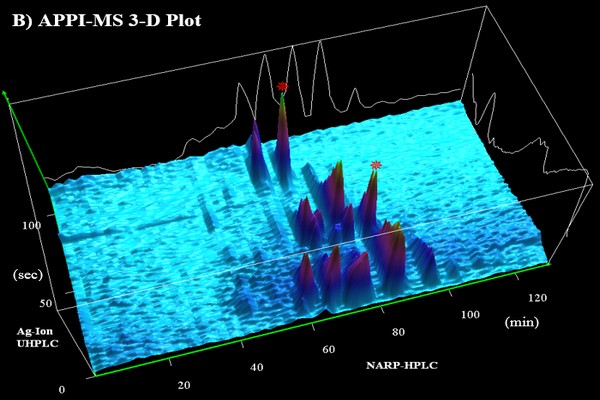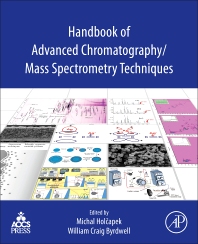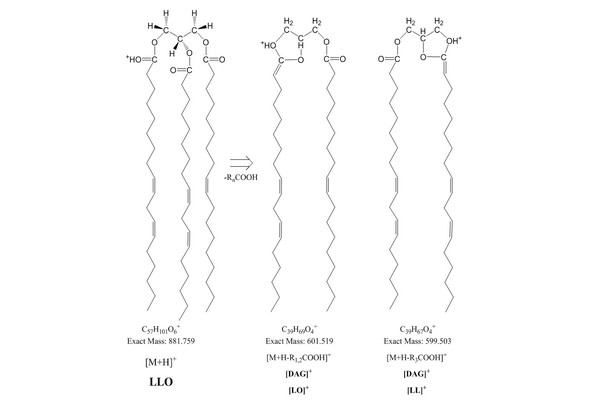
Figure 10.1
Structure of dilinoleoyl-oleoyl-glycerol (LLO) and diacylglycerol-like fragment ions, [M + H - RnCOOH]+, or [DAG]+, formed from loss of a fatty acyl chain. Location of protons, H+, is not limited to the positions shown as examples.
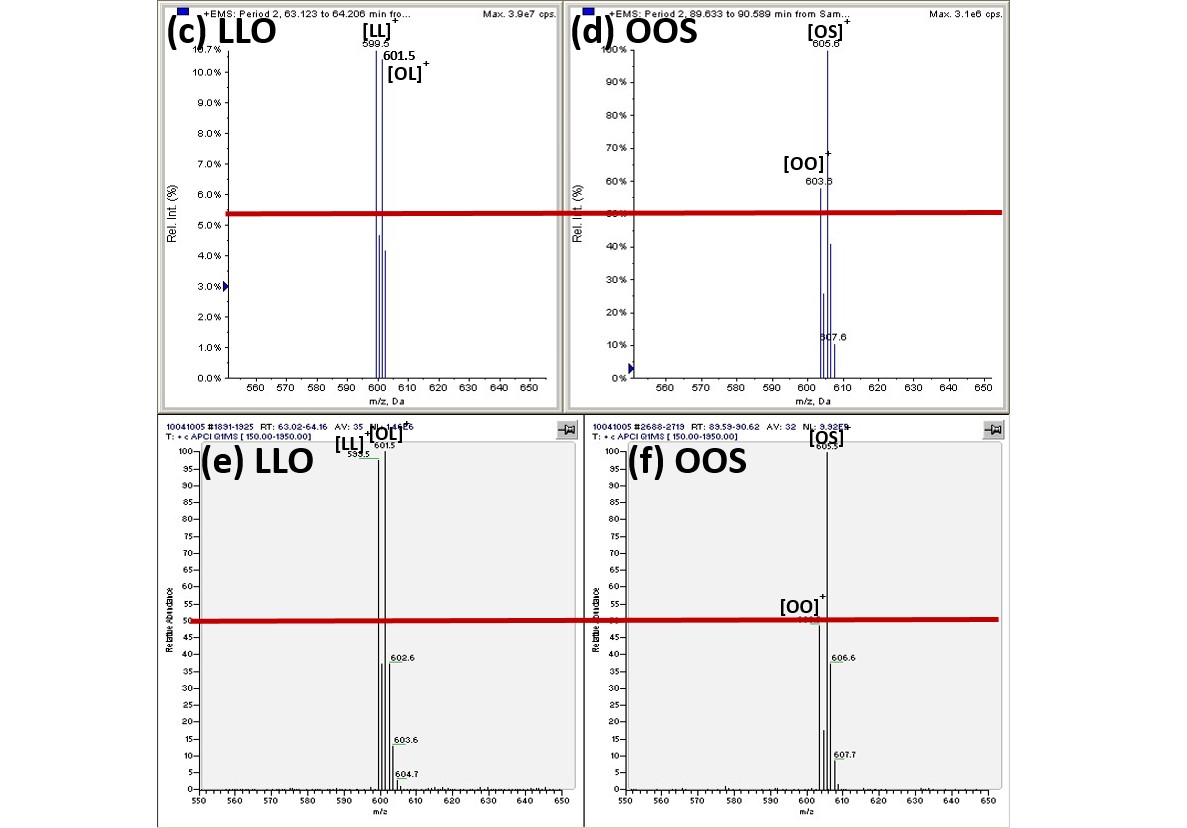
Figure 10.2
Atmospheric pressure chemical ionization (APCI) mass spectrometry (MS) spectra of triacylglycerols in rice bran oil from AB Sciex QTrap 4000 hybrid (A-D) and TSQ 7000 (E-F) mass spectrometers. Fatty acid abbreviations: [DAG]+, diacylglycerol-like fragment; L, linoleic acid; [M + 29]+, acetonitrile-derived adduct; [M + 89]+, acetonitrile + dichloromethane-derived adduct; [M + H]+, protonated molecule; O, oleic acid; S, stearic acid. Red (gray in print versions) line indicates statistically expected amount of [AA]+ fragment compared with [AB]+ fragment (=1/2) from AAB/BAA/ABA triacylglycerols. TSQ, tandem sector quadrupole.

Figure 10.3
Wireless communication contact closure system (WCCCS). (A) Two-channel voltage-to-relay converter connected to 16-channel wireless sending unit #1 for high performance liquid chromatography (HPLC) autosampler; (B) two-channel voltage-to-relay converter connected to wireless sending unit #2 for ultra-high performance liquid chromatography (UHPLC) autosampler; (C) wireless receiving modules attached to wire distribution trace with switches mounteddleft two receiving modules for UHPLC, right two receiving modules for HPLC; (D) WCCCS receiving module and switching system installed and operational. Switches in UP position select contact closure from HPLC, in DOWN position select contact closure from UHPLC.
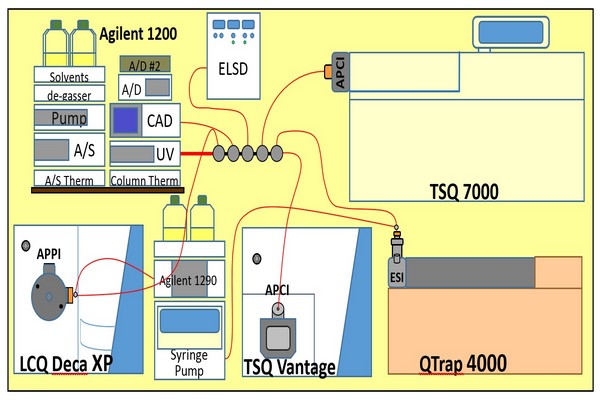
Figure 10.4
Arrangement of instruments for the first report of LC1/MS4, quadruple parallel mass spectrometry. Effluent after the UV detector (nondestructive) is split via Valco tees and fused-silica capillary tubing to go to various mass spectrometers and other detectors (ELSD and CAD). Electrolyte is supplied via syringe pump for electrospray ionization mass spectrometry and acetone dopant supplied via by an Agilent 1290 for APPI-MS. High- and lowsensitivity atmospheric pressure chemical ionization mass spectrometry used for vitamin D and triacylglycerols, respectively. APPI, atmospheric pressure photoionization; CAD, charged aerosol detector; ELSD, evaporative light scattering detector.
